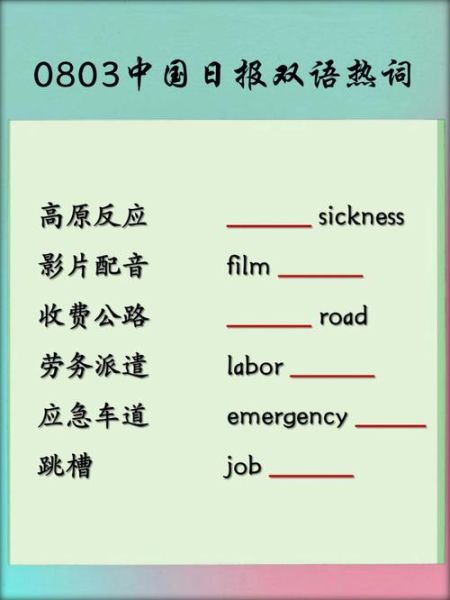What exactly is altitude sickness?
Altitude sickness—also called **acute mountain sickness (AMS)**—is a cluster of symptoms that appear when you ascend too quickly to elevations above **2,500 m (8,200 ft)**. The root cause is **lower atmospheric pressure**, which reduces the amount of oxygen available in each breath. Your body tries to compensate by breathing faster and deeper, but if the ascent outpaces adaptation, symptoms begin. ---How do I know if I have altitude sickness?
Early recognition prevents progression. Ask yourself: - **Do I have a headache that improves with rest and hydration?** If yes, it may be mild AMS. - **Am I nauseated, dizzy, or unusually fatigued?** These often accompany the headache. - **Am I struggling to sleep despite exhaustion?** Periodic breathing at night is common. **Red-flag signs** that demand immediate descent: - **Persistent dry cough** (possible high-altitude pulmonary edema, HAPE) - **Ataxia or confusion** (possible high-altitude cerebral edema, HACE) ---Who is most at risk?
**No one is immune**, but some factors raise the odds: - **Rapid ascent**—flying directly into high-altitude cities like Lhasa or La Paz - **Previous AMS**—a strong predictor of recurrence - **Respiratory conditions**—asthma or COPD can worsen oxygen deficit - **Genetic predisposition**—some populations adapt better than others ---Can I prevent altitude sickness?
Yes. Prevention hinges on **controlled ascent** and **prophylactic measures**: 1. **Ascend gradually** - Above 3,000 m, limit daily elevation gain to **300–500 m**. - Build in **rest days** every 600–900 m. 2. **Pre-acclimatize** - Spend 2–3 nights at **2,000–2,500 m** before higher climbs. - Use **hypoxic tents** or **altitude masks** if you live at sea level. 3. **Medication** - **Acetazolamide (Diamox)** 125–250 mg twice daily, starting 1–2 days before ascent. - **Dexamethasone** for sulfa-allergic individuals or rapid ascents. 4. **Hydration & diet** - Drink **3–4 L of water** daily; avoid alcohol. - Eat **high-carbohydrate meals**—they improve oxygen efficiency. ---What are the proven treatment options?
### Mild AMS - **Stop ascending**; rest at the same altitude. - **Hydrate** and take **ibuprofen** for headache. - **Descend 300–500 m** if symptoms persist >24 h. ### Moderate AMS - **Immediate descent** is non-negotiable. - **Oxygen** via portable canister or concentrator. - **Acetazolamide** 250 mg twice daily until symptoms resolve. ### Severe AMS / HAPE / HACE - **Rapid descent**—the only definitive cure. - **Supplemental oxygen** at 2–4 L/min. - **Dexamethasone** 8 mg initially, then 4 mg every 6 h. - **Portable hyperbaric chamber** (Gamow bag) if descent is delayed. ---Does altitude sickness leave long-term effects?
For most travelers, **symptoms vanish within 48 h of descent** and no permanent damage occurs. However, repeated episodes of **HACE** can lead to **subtle cognitive deficits**. Mountaineers who spend months above 5,500 m may experience **chronic mountain sickness (CMS)**—excess red blood cells, fatigue, and right heart strain—though this is rare in short-term visitors. ---What about children and older adults?
- **Children** metabolize drugs differently; **acetazolamide** is safe at 5 mg/kg/day divided twice daily. - **Older adults** often have comorbidities—**cardiac or pulmonary disease**—so pre-trip evaluation is critical. - Both groups benefit from **extra rest days** and **pulse-oximeter monitoring**. ---Can I train my body to avoid AMS?
Partially. **Aerobic fitness** helps overall endurance but does **not prevent AMS**. What matters is **hypoxic adaptation**: - **Intermittent hypoxic training (IHT)**—breathing 10–12% oxygen for 1 h daily, 3–4 weeks pre-trip. - **Live-high, train-low**—sleeping at 2,500 m while training at 1,000 m improves oxygen saturation. ---Common myths debunked
- **Myth**: “Young, fit athletes don’t get AMS.” **Fact**: Fitness can encourage faster ascents, increasing risk. - **Myth**: “Gingko biloba prevents AMS.” **Fact**: Large trials show **no benefit** over placebo. - **Myth**: “Caffeine worsens AMS.” **Fact**: Moderate intake (1–2 cups coffee) is safe and may help headache. ---Quick checklist before your next high-altitude trip
- [ ] **Plan ascent profile**—no more than 500 m/day above 3,000 m. - [ ] **Pack Diamox**—consult your physician for dosing. - [ ] **Download offline maps**—GPS can fail in remote areas. - [ ] **Carry pulse oximeter**—track SpO₂; values <85% warrant descent. - [ ] **Inform companions**—group awareness speeds rescue if needed. ---When should I seek medical help after returning home?
Persistent **breathlessness**, **cough with pink frothy sputum**, or **altered mental status** beyond 48 h of descent requires **urgent evaluation**. These could signal **delayed HAPE/HACE** or **secondary pulmonary complications**. ---Key takeaway
Altitude sickness is **predictable, preventable, and treatable**. By respecting elevation gains, recognizing early symptoms, and acting decisively, you can enjoy the mountains safely.
(图片来源网络,侵删)

评论列表